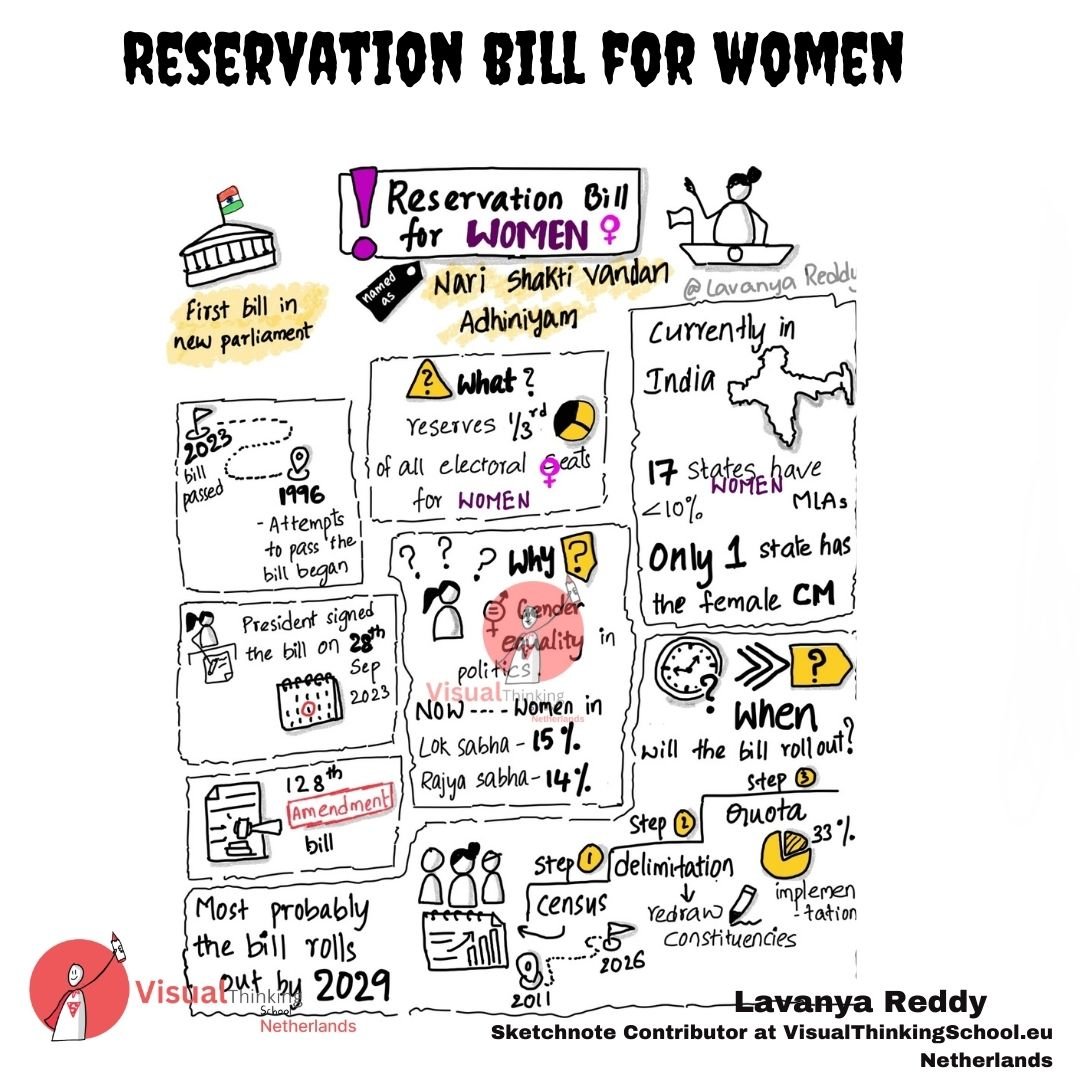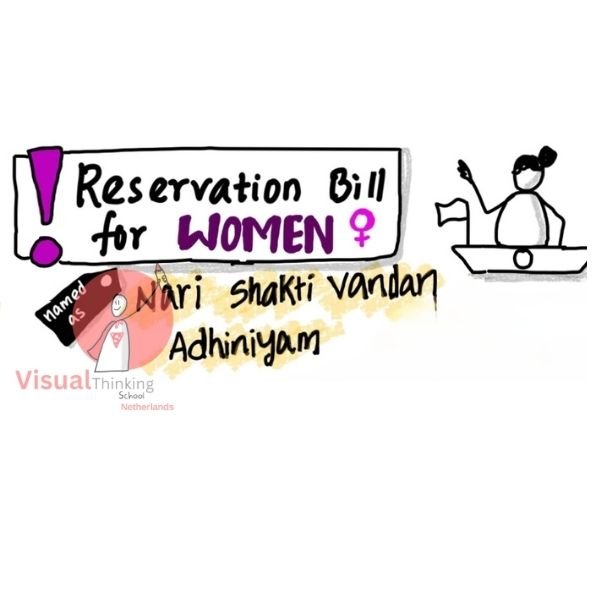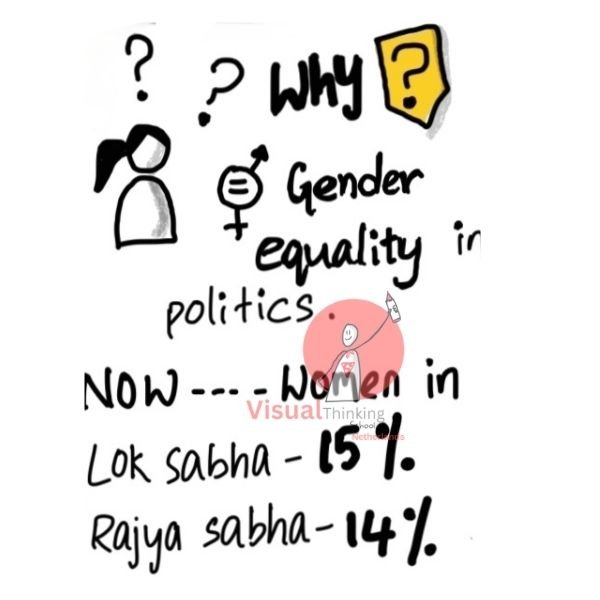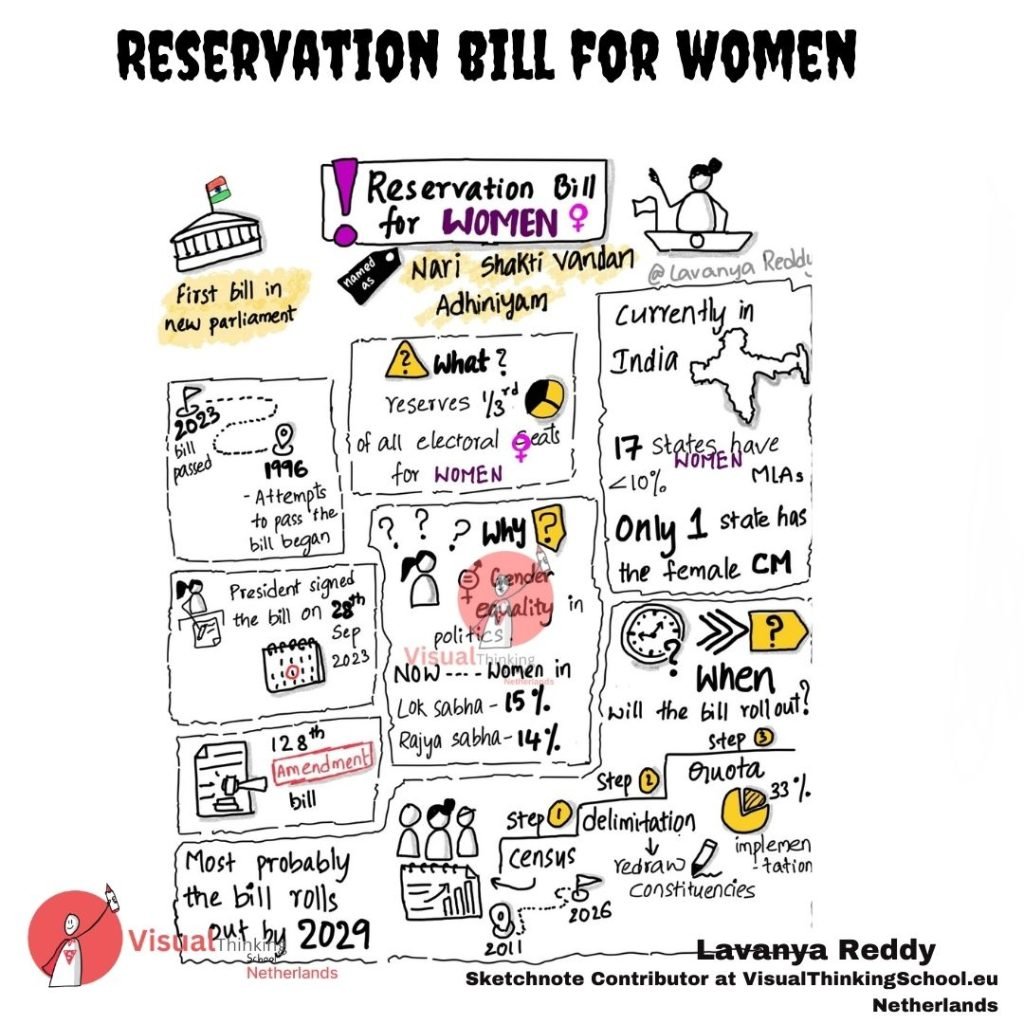

In a historic move, the Indian Parliament has passed the “Nari Shakti Vandan” bill, marking a significant stride towards gender equality in the political arena. This pioneering legislation reserves one-third of all electoral seats for women, aiming to rectify the long-standing gender disparity in political representation. The journey to this monumental achievement spans over two decades, reflecting the persistent efforts to fortify women’s representation in governance. Here, we delve into the details of the bill, its implications, and the pathway to its implementation.

The quest for reserving electoral seats for women began in earnest in 1996, with multiple attempts to pass such a bill facing hurdles until its eventual success in 2023. The Nari Shakti Vandan bill, also known as the 128th Amendment Bill, received the President’s assent on September 28, 2023, making it a landmark legislation in the annals of Indian democracy. This bill is the first of its kind in the parliament, setting a precedent for future gender-centric legislation.

The Nari Shakti Vandan bill mandates the reservation of one-third of all electoral seats for women, addressing the underrepresentation of women in the legislative bodies of India. Despite women constituting nearly half of the population, their representation in politics has been disproportionately low. As of 2023, only 15% of the Lok Sabha (the lower house of India’s Parliament) and 14% of the Rajya Sabha (the upper house) seats are occupied by women. Furthermore, among India’s 17 states, fewer than 10% of Members of the Legislative Assembly (MLAs) are women, and only one state boasts a female Chief Minister.

The implementation of the Nari Shakti Vandan bill is a phased process, expected to roll out by 2029. The preparatory steps include:
These steps are vital for ensuring that the reservation is implemented fairly and effectively, taking into account the changes in population dynamics and ensuring that women from diverse backgrounds have the opportunity to participate in politics.

The Nari Shakti Vandan bill is not just a legislative milestone. It’s a transformative movement towards gender equality in Indian politics. The underrepresentation of women in legislative bodies not only reflects gender bias but also deprives the political system of the diverse perspectives and leadership styles that women bring to the table. By securing one-third of the electoral seats for women, the bill aims to:

While the Nari Shakti Vandan bill is a monumental step forward. Its success hinges on effective implementation and the collective will to sustain this momentum towards gender equality. The bill’s rollout by 2029 sets the stage for a more inclusive and balanced political landscape in India. It’s a promising future where governance is enriched by the diverse strengths and perspectives of its women leaders. It’s a testament to India’s commitment to not just empowering women. But, also to leveraging ‘Nari Shakti’ (women’s power) for the nation’s holistic development. The journey ahead is promising, and the Nari Shakti Vandan bill paves the way for a more equitable and just society, where gender no longer dictates one’s ability to contribute to the nation’s progress.
We conduct online and in-person certification trainings on our Trade Marked Training on Business Sketchnotes ™.
We have an open challenge in our trainings : If you can not draw after our 9 hours of trainings, we will close our trainings FOR EVER !! ..and we are still waiting for that one person even after training more than 38000 professionals.
You can also join our whatsapp community to learn from those who have attended our trainings

We trained more than 38000 professional and gave corporate trainings in more than 65+ top notch companies

Check Our Trainings

Maths educator by profession and sketchnoter by passion. She loves teaching maths using sketchnotes. She is also an acredited school sketchnote trainer with Visual Thinking School, Netherlands.
More of her sketchnotes can be checked on her Instagram: @Lavanya_anugula